Search Images
Browse Content (p. 514)
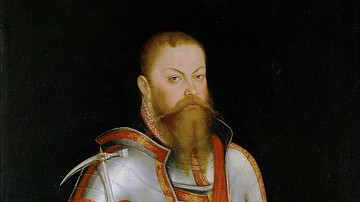
Image
Maurice of Saxony
Maurice of Saxony (1521-1553), oil on canvas portrait by Lucas Cranach the Younger, 1578.
Staatliche Kunstsammlungen, Dresden.
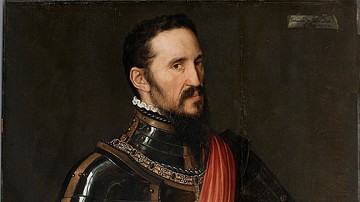
Image
Don Fernando Álvarez de Toledo, 3rd Duke of Alba
Portrait of Don Fernando Álvarez de Toledo, 3rd Duke of Alba (l. 1507-1582) by Antonis Mor, 1557.
Hispanic Society Museum and Library, New York.
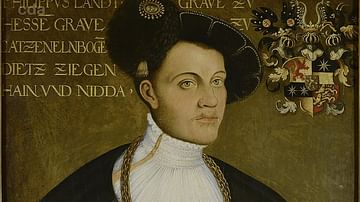
Image
Philip I of Hesse
Portrait of Philip I of Hesse (l. 1504-1567) as a young man, c. 1560.
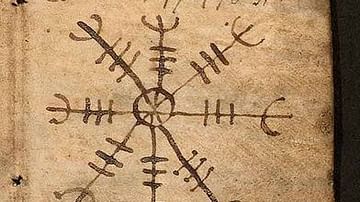
Image
The Helm of Awe
The Helm of Awe (Icelandic: Ægishjálmur), a magical symbol (stave) recorded in an Icelandic manuscript in the 1600s. The term is attested in the Old Norse poem Fáfnismál (1200s) in the context of the fight between the hero Sigurd and the...
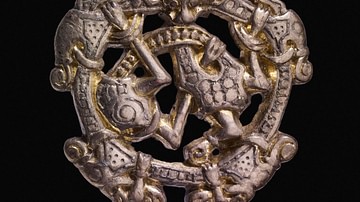
Image
Borre-style Pendant with a Gripping Beast
Pendant with a Borre-style design of a gripping beast inside a frame further decorated with four protruding animal heads. Small areas of gilding and niello are in evidence on the surface of the pendant. Found at Norfolk, England, 10th century...
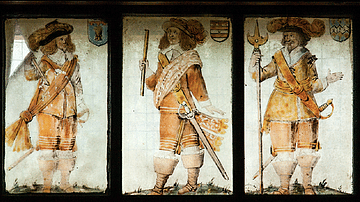
Image
English Civil Wars Soldiers
A detail of the Civil War memorial window showing different soldier types at St. Chad's Church, Farndon, Cheshire. Created after the Restoration of 1660.
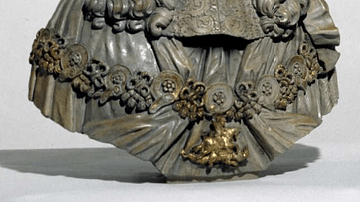
Image
Bust of Prince Rupert
A stoneware portrait bust of Prince Rupert, Count Palatine of the Rhine and Duke of Bavaria (l. 1619-1682). Rupert was the nephew of Charles I of England (r. 1625-1649) and led the Royalist cavalry during the English Civil Wars (1642-51...
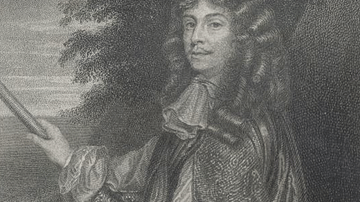
Image
David Leslie, Lord Newark
A portrait of General David Leslie, Lord Newark (c. 1600-82) who commanded the Scottish garrison at Edinburgh during the Third English Civil War (1650-1). Leslie was defeated by the English Parliament's New Model Army led by Oliver Cromwell...

Image
Troop Dispositions, Battle of Dunbar in 1650
A map showing the troop dispositions of the Scottish and English armies at the battle of Dunbar in 1650 during the English Civil Wars (1642-51). Dunbar is located just over the Anglo-Scottish border on the east coast of Scotland. The English...
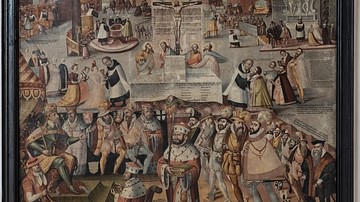
Image
Augsburg Confession
Image of the Augsburg Confession 1530.
Johanneskirche, Kasendorf.
Photo by Reihold Möller